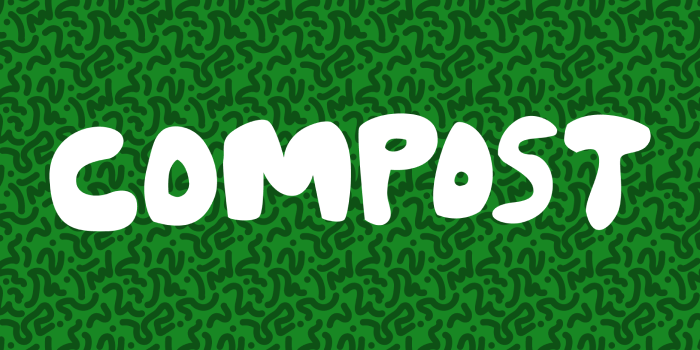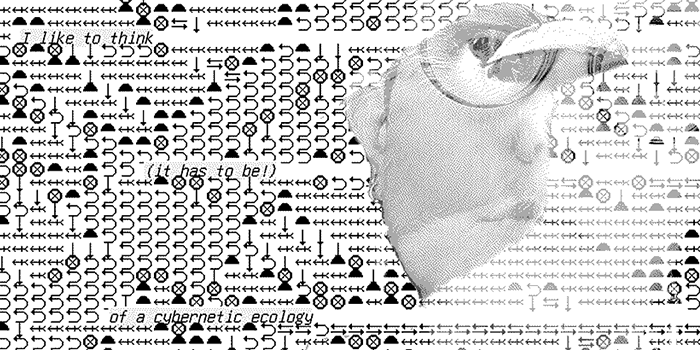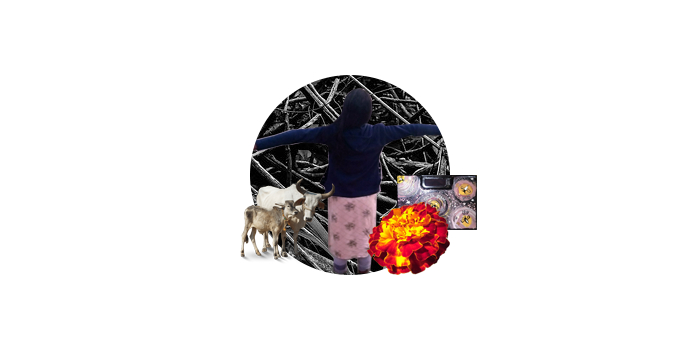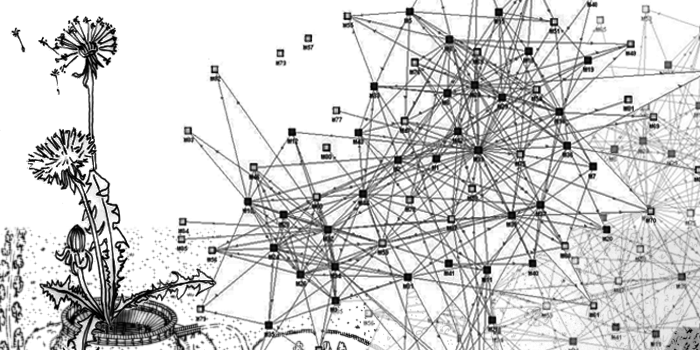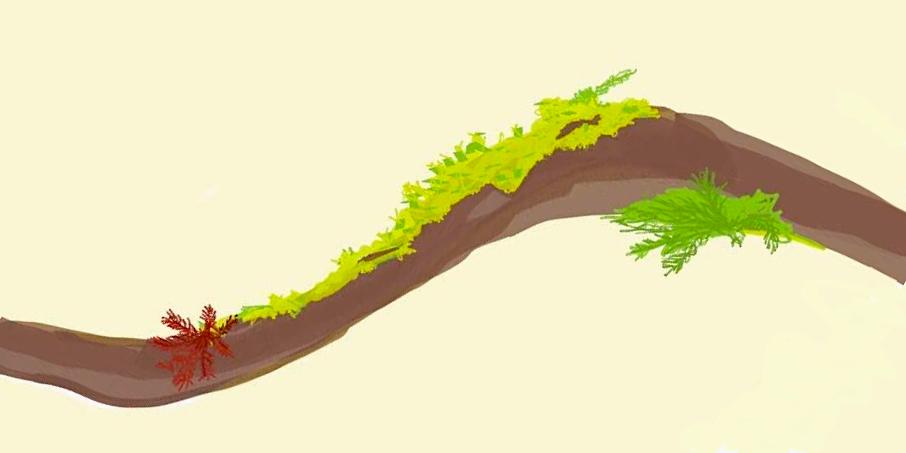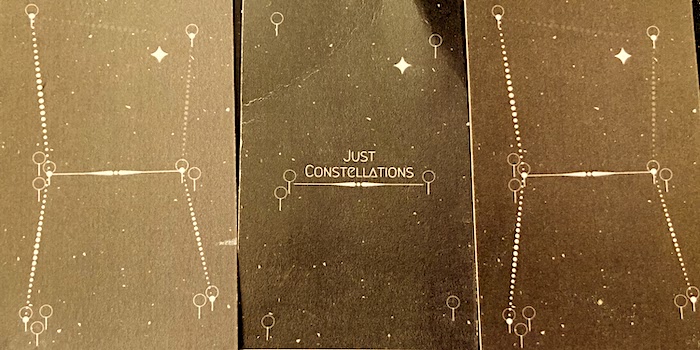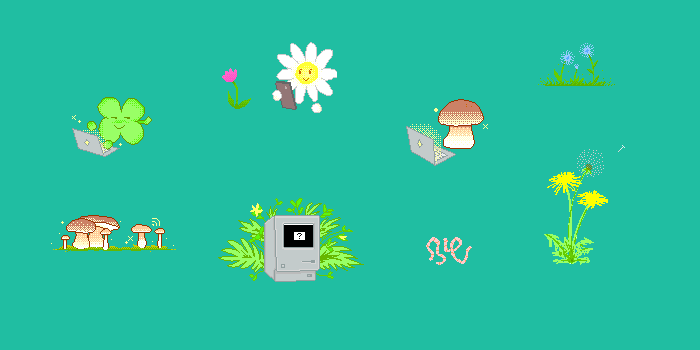
Techno-Futures from Bidar
This piece is a group reflection of a project run in Bidar, India, to set up a community mesh network facilitated by Living Labs Network and Forum, Team YUVAA and Janastu/Servelots.
This local mesh network was to act as an intranet of local informal archives that would collectively function as a knowledge network. These archives come from various communities in Bidar and their knowledge practices. During the course of the project, we came to see both the limitations of technology but also the potential of it to catalyse and nurture many more spaces of cultural collaboration.
We would like to present narratives from the field of possibilities and futures that our network members came across. The main aim of this endeavour was to set up the network as a way to to document and creatively engage with folklore, songs, and oral practices held by women of various communities in Bidar. The intent was to connect the unconnected through collaborative activities and create mutual annotation of oral knowledge practices.

How to read this artifact
The following image has been annotated with descriptions of the projects, responses from various network members, and internal thoughts and reflections. The image is a condensed map of places, artifacts and people in these different spaces. It is an exercise in sensemaking through collecting different experiences, emotions, epiphanies and hopes in the context of the mesh. It is an abstraction of Bidar — a small city with rich histories of diverse populations and cultures meeting.

Why is it made this way
It is a common gripe among researchers and activists in our area of work in India, that writing in English forces us to capture and categorise. This is a smaller effort on our part to bring out the intangible, give a glimpse into the cultural interconnections as well as account for different articulations than what a traditional format allows. During this piece, you might get lost and some things won’t make sense and you’d want to know things that aren’t explicitly said. But imagine yourself as a traveler. Please wonder and wander as you explore and listen.

Techno-Futures from Bidar
Please click around the map to experience responses, reflections, and songs from network members in Bidar. It’s best viewed by toggling the full page view button, which is the last button in the top-left corner of the map.
Authors
The people involved in creating this piece moved between different roles and undertook efforts that don’t just come under a ‘Contributor’ tag. They danced between these roles care-fully, annotating the article in a way that no one else could.
Maintainer-Repairers
“When there are many people singing and someone’s voice fails them, another can step up to support it.”
Vinay, Supriya, Dilip, Dinesh, Shalini, Shreyas
Translator-Weaver-Facilitators
“They connect ideas, concepts, struggles, people, and practices while experimenting with the overlaps and distinctions with care according to context.”
Micah, Siddhant, Shreyas, Sanketh, Bhanu, Vinay, Dheeraj
Storyteller-Archiver-Guides
“They are the keepers of memory. A living archive of practices, places and collectives.”
Narsappa, Ruksaana, Vidyawati, Malamma, Tulsamma, Zakiya-Bi, The Bhooteya, The Kumbhara, The Khadim
Thank you Benny Lichtner for implementing this piece so beautifully!

Micah Alex is a care-based researcher-designer (in training) working with various collectives in South India. He works with these collectives in the domains of open technology, human rights in the digital, art-based design practice, archival and annotation and cultural research undertaken in the Dakkhani region. He also freelances as a content writer, proofreader, and copy writer.
Siddhant is a recent graduate from Srishti Institute of Art, Design, and Technology. He is interested in rural livelihood and how design can work with local collectives. His work combines fieldwork with a design-oriented research approach to further understand people’s everyday practices, different stakeholders’ needs, and the development of different participatory methods to engage with individuals and communities. His previous works involve collaboration with grassroots organizations, non-governmental organizations, and the marginalized community in different parts of rural and urban areas in India.
The project that is the subject of this piece was made possible by a grant from APC-LocNet.









